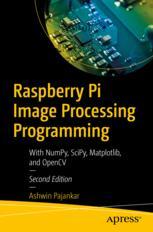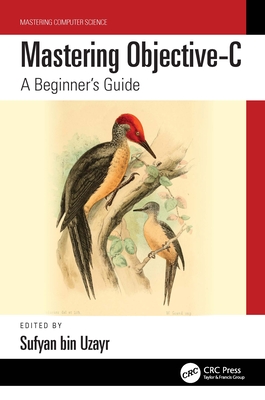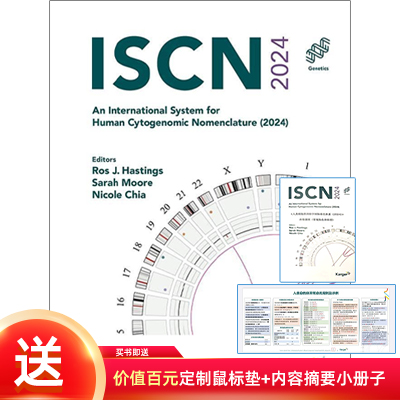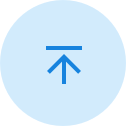
Raspberry Pi Image Processing Programming
树莓派图像处理编程:使用 NumPy、SciPy、Matplotlib 与 OpenCV 第2版
计算机科学技术基础学科
¥
451.00
售 价:
¥
338.00
优惠
人工智能领域图书专题
发货周期:国外库房发货,通常付款后3-5周到货!
作 者
出 版 社
出版时间
2022年06月24日
装 帧
平装
页 码
140
语 种
英文
版 次
0002
综合评分
暂无评分
- 图书详情
- 目次
- 买家须知
- 书评(0)
- 权威书评(0)
图书简介
This second edition begins with the installation of Raspberry Pi OS on the latest model of Raspberry Pi and then introduces Python programming language, IDEs for Python, and digital image processing. It also illustrates the theoretical foundations of Image processing followed by advanced operations in image processing. You’ll then review image processing with NumPy, and Matplotlib followed by transformations, interpolation, and measurements of images.
Understand the concepts of image processing with Python 3 and create applications using Raspberry Pi 4. This book covers image processing with the latest release of Python 3, using Raspberry Pi OS and Raspberry Pi 4B with the 8 GB RAM model as the preferred computing platform.












